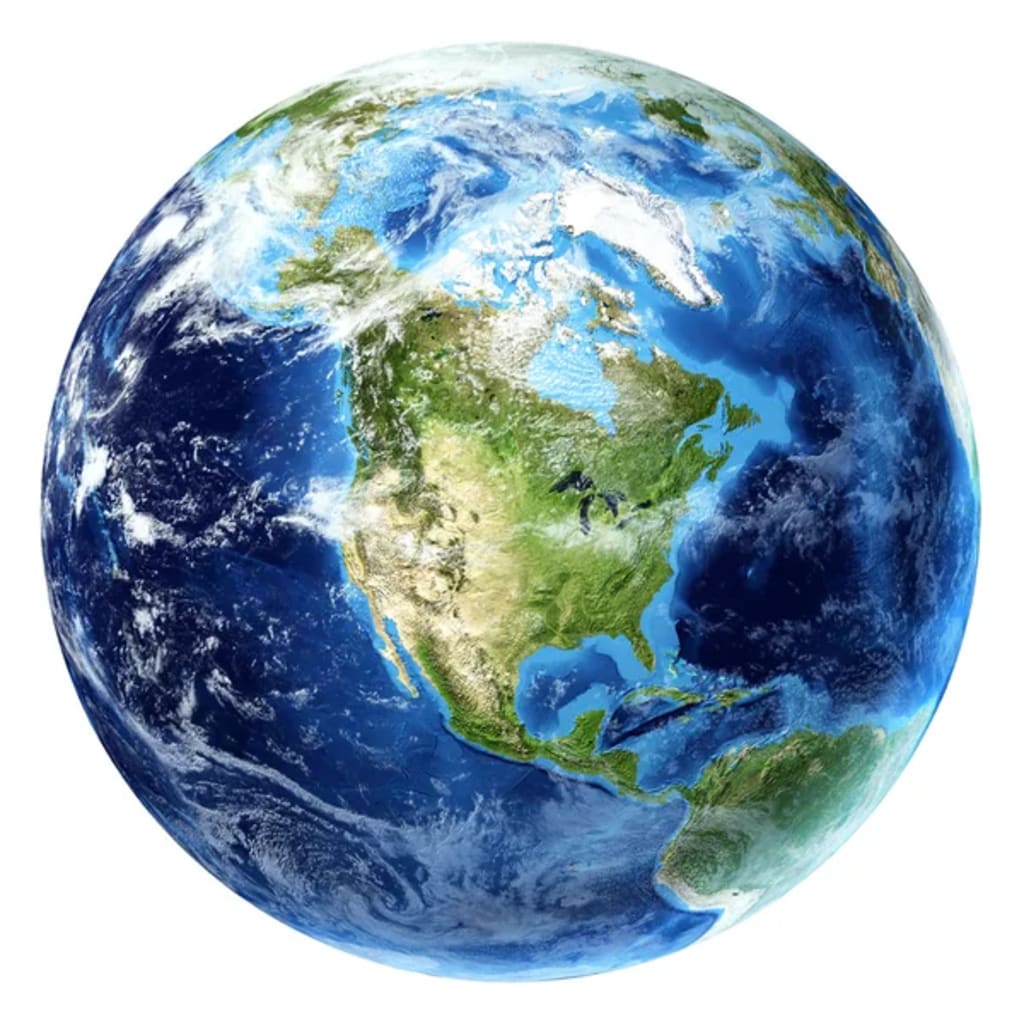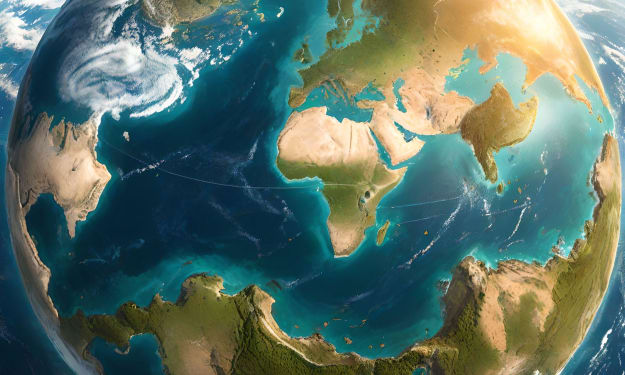How would you characterize the shape of our planet, Earth?
Describe the shape of the earth

It's definitely round, but it's not a perfect sphere due to the force of Earth's rotation. It's slightly flattened at the North and South Poles. But there's more to it – the planet's rotation causes it to bulge outward. The best term to describe our home planet is an ellipsoid. Earth is nothing more than an oversized, lumpy potato."
These words come from Atrai Gosh, a solid Earth geophysicist from Bangalore, and her team, who have been studying something known as the Indian Ocean gravity hole. It might sound like the plot of a science fiction movie, but it's very real.
We often think of gravity as something consistent – if you drop a pen from your hand in Los Angeles and in Perth, they should fall to the floor at the same time. Well, this isn't entirely true. Gravity is intricately tied to the mass of a celestial body. Astronauts on the Moon, for example, don't walk; they hop because the Moon has less mass, meaning less gravity. Earth, on the other hand, is more massive and has a stronger gravitational pull. But here's the catch: all this mass isn't distributed evenly across the planet. As a result, gravity varies.
NASA has been mapping Earth's gravity field since 2002 using twin Grace satellites. These maps show where gravity is stronger and weaker. Mountain ranges like the Himalayas contain a lot of mass, generating a stronger gravity field. The opposite occurs in ocean trenches, like the Mariana Trench, where the low concentration of mass results in weaker gravity.
Geoid lows are places on Earth where huge chunks of mass are missing. A geoid is an imaginary surface following the outline of sea levels around our planet. If you imagined Earth without any land, drawing a curvy line along the surface of the oceans would give you a geoid. The line stretches across oceans as well as landmasses, and scientists use it to calculate the depth of tremors or objects occurring underground.
The largest geoid low sits at the bottom of the Indian Ocean, known as the Indian Ocean geoid low. It spans over a million square miles off the southern coast of India. If you were in the middle of this gravity hole at sea, you wouldn't notice much – just an endless ocean. Measuring the dip in gravity requires extensive geophysical measurements and calculations.
The concept of a gravitational hole existed for nearly two centuries in the scientific community, but researchers could study it in high detail only after satellite measurements became possible in the late 20th century.
A team of Indian scientists aimed to explain the anomaly that had puzzled geologists for decades. They used supercomputers to simulate the seismic activity that formed Earth. These simulations revealed that over 140 million years ago, during the Cretaceous Period, when T-Rex roamed the Earth, tectonic plates moved, and magma plumes played a crucial role. The presence of magma plumes, hotter than surrounding rocks, melted and thinned the crust, creating hotspots with volcanic activity.
The Indian scientists linked the presence of magma plumes to the formation of the Indian Ocean geoid low. An ancient ocean that disappeared tens of millions of years ago, located where the Himalayan Mountain Range sits today, contained a lot of crystallized material. This dense material ended up closer to Earth's surface, leading to a weaker gravity field.
The geoid low in the Indian Ocean, the biggest of its kind, is likely to remain for a long time, but plate movements can cause it to disappear in the future. Earth's tectonic plates are constantly shifting, defining the shape of our continents and oceans.
In summary, Earth's gravity is not consistent everywhere due to variations in mass distribution, leading to anomalies like geoid lows. Understanding these variations helps us uncover Earth's geological history and how it might change in the future.
About the Creator
Ananymus Kelly
meticulous





Comments
There are no comments for this story
Be the first to respond and start the conversation.